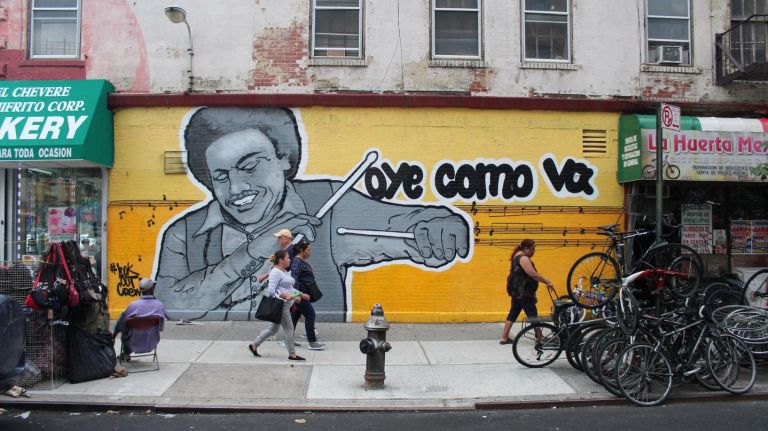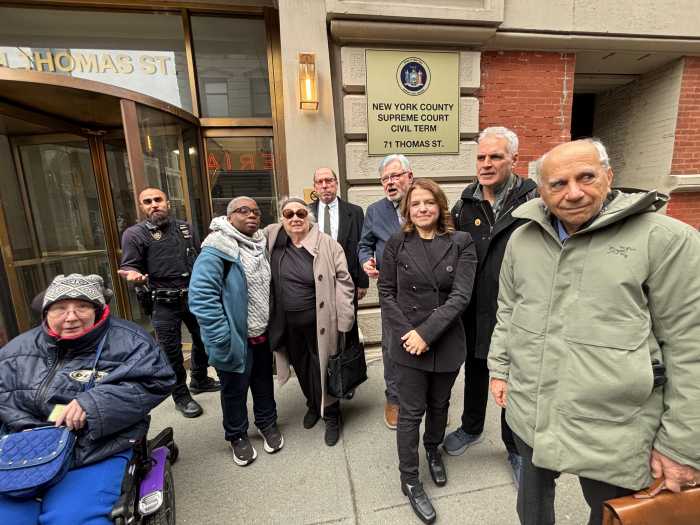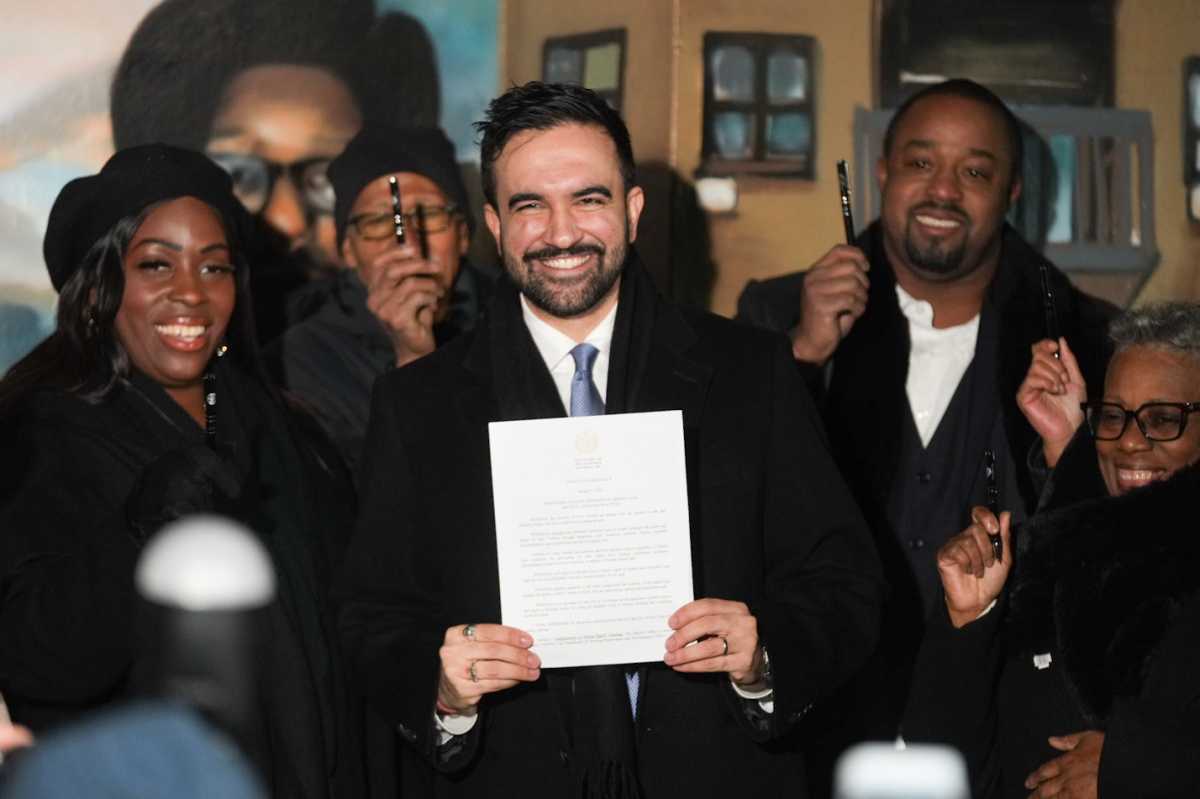
A state justice ruled against four tenants who challenged the city’s methods for analyzing how proposed rezonings could impact neighboring communities.
State Supreme Court Justice Carmen Victoria St. George released a written decision Wednesday that said city agencies fulfilled obligations to consider all relevant areas of environmental concern and examine them rationally when rezoning East Harlem and the Bedford-Union Armory.
In November, two Brooklynites living near the armory filed a lawsuit alleging the city failed to accurately assess how many residents may be at risk of displacement when the structure is converted into a mixed-income apartment complex with a recreation center and office space for nonprofits.
Specifically, they argued it was wrong for the city to leave out rent-stabilized apartment residents when counting the number of people who may be vulnerable.
Shortly after the city rezoned a swath of East Harlem, two local residents filed a lawsuit in January echoing these concerns about analysis methods and criticizing the city for claiming it did not need to study the potential for displacement further because East Harlem was already experiencing gentrification.
“The goal of the City, and of the projects at hand, is to balance the interests of the communities, including those of their more impoverished members, against the interest in promoting progress, beautification, and increasing hospitals, shops, recreation centers, and other facilities which benefit neighborhoods even while gentrifying them,” St. George wrote in her decision.
“This Court’s role, in turn, is not to question the way in which the City, entrusted with these projects, draws the balance,” she added. “Its role is only to examine whether the lead agency, on behalf of the City, considered all relevant areas of environmental concern and examined them rationally … respondents (the city) satisfied their obligations in both cases.”
In a statement, the city Law Department said officials were pleased the court recognized the city conducted thorough reviews of the two initiatives.
“The Bedford Union Armory redevelopment project and the East Harlem Rezoning mean thousands of permanently affordable homes for neighborhood families, jobs for local residents, and more community spaces, investments in parks, schools, and roads,” the statement read.
The Legal Aid Society, which represented the tenants in both cases, said it has not given up on improving shortcomings in how the city studies zoning proposals.
“We are deeply disappointed with the court’s decision today ruling against the best interests of the East Harlem and Crown Heights communities,” Kat Meyers, staff attorney with the nonprofit’s Law Reform Unit, said in a statement. “We still maintain that the methodology the City employs to measure tenant displacement is fundamentally flawed, and that it ignores obvious realities and the consequences of land use decisions on rents and livelihoods. We are currently weighing all of our options — including appellate litigation and legislation — that will finally resolve this issue for our clients and other low-income New Yorkers.”







































